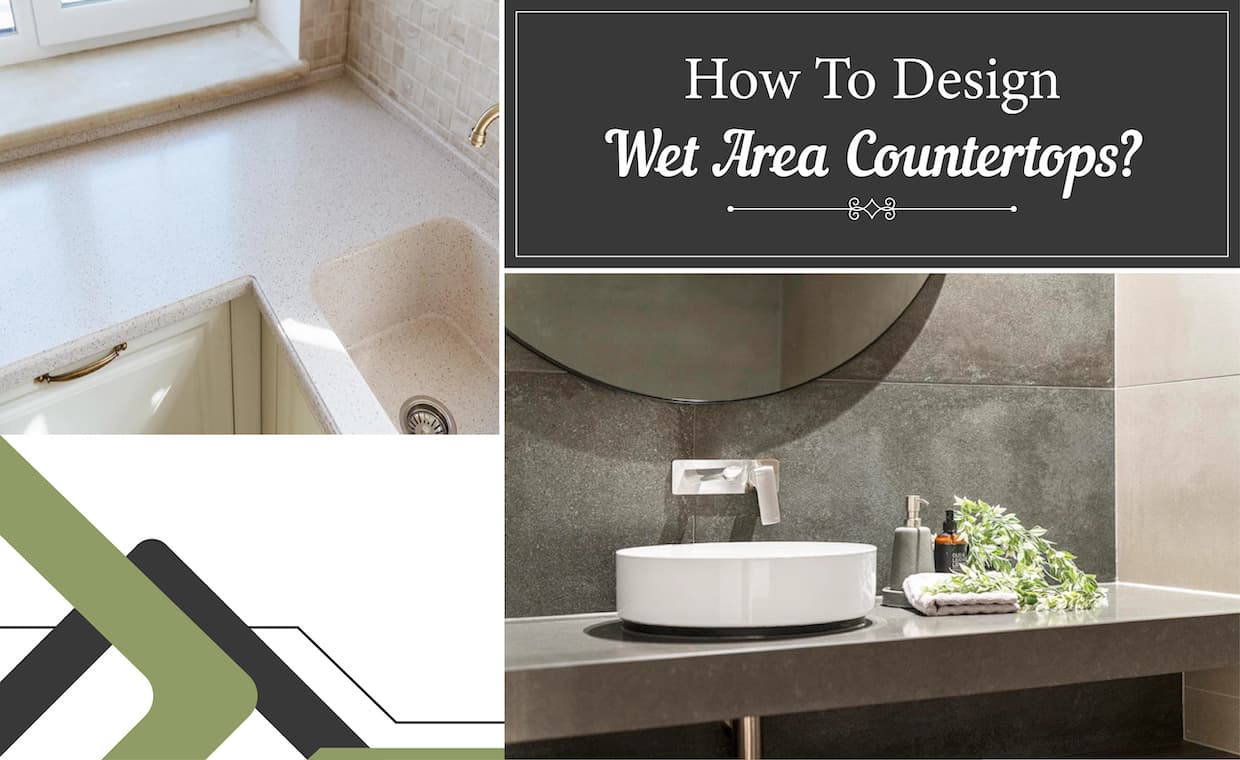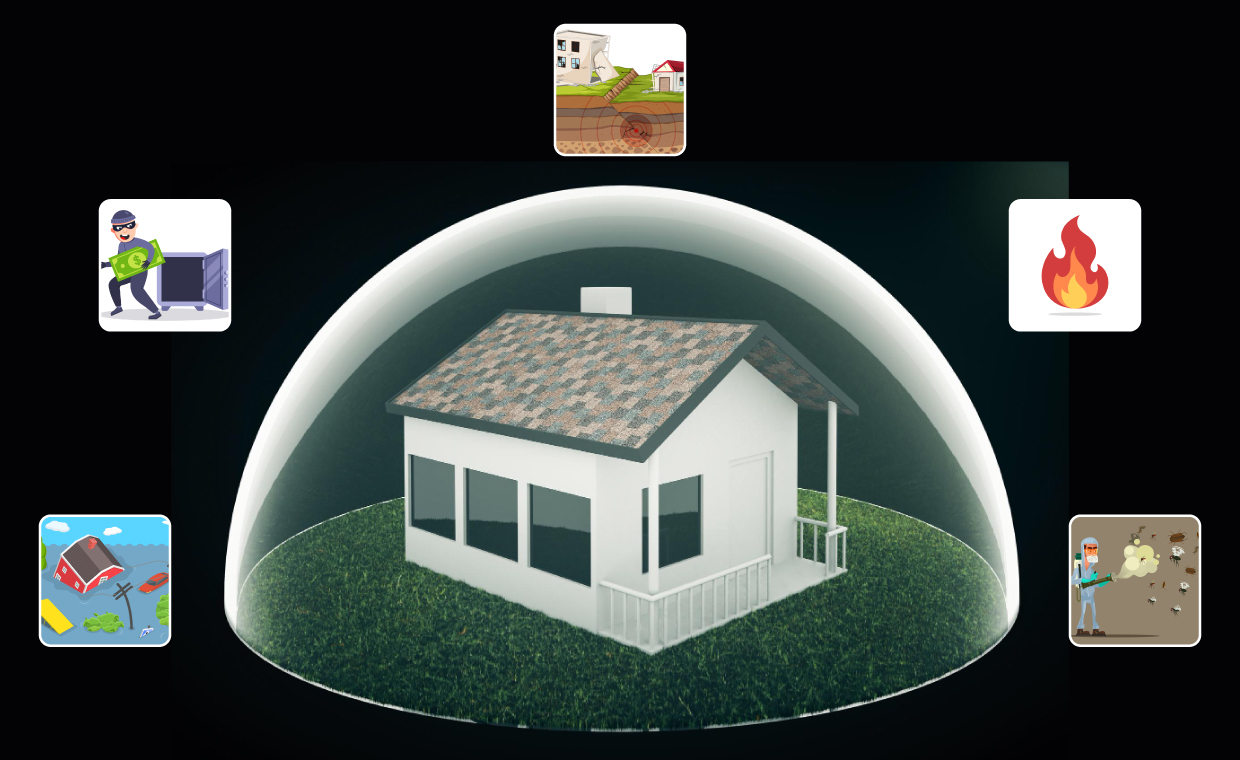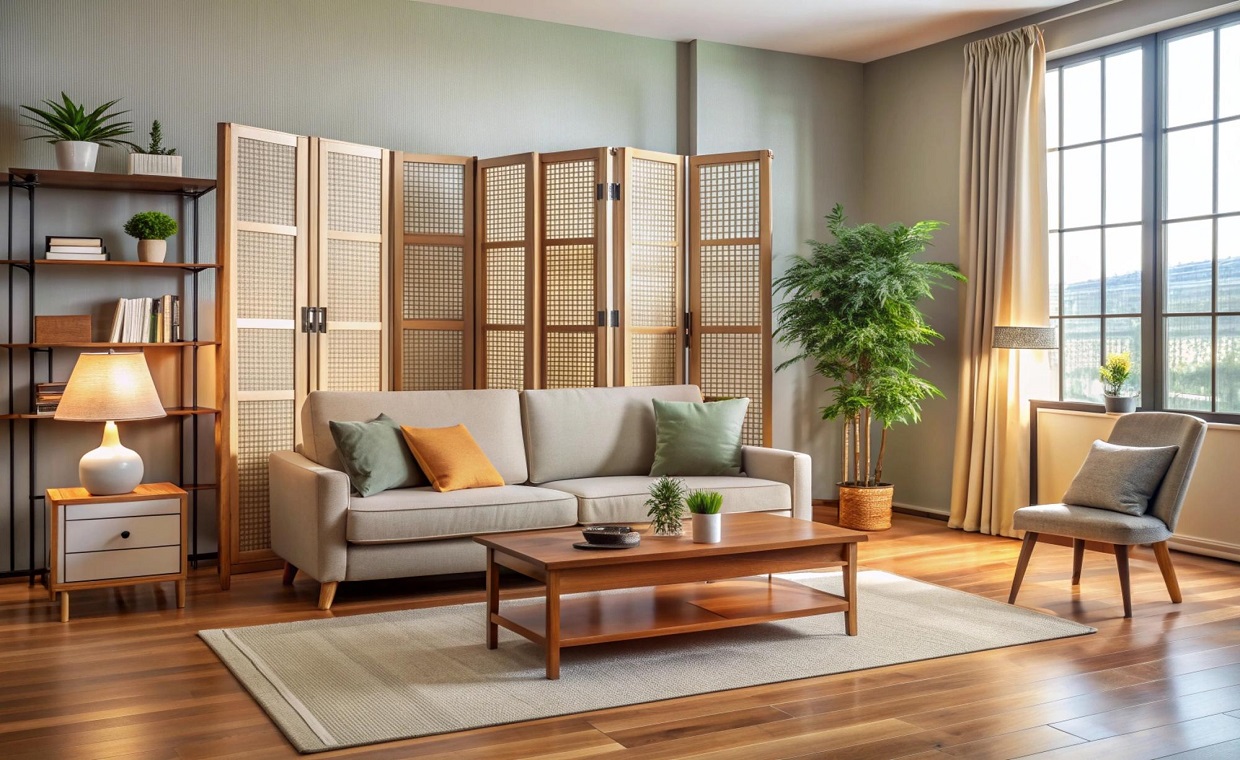
Horizontal surfaces that can be classified as dry or wet countertops, such as those seen in kitchens or bathrooms, make up most countertops. Bathrooms and kitchens are rarely thought of as long-stay areas because they are necessary for daily life in a home. Due to their placement near damp areas, the countertops require extra care. We will demonstrate how to make stunning, useful wet area countertops that are ideal for your requirements and simple to keep.
Depending on the finish chosen and the available space, this element’s material and size options will vary. It is a good idea to design and build in accordance with the standard measurements in the industry to reduce costs and increase the number of pieces that can be integrated in a project.
However, regardless of the project’s size, it is always possible to create custom vats, cabinets, and benches. It is a good idea to consider how the countertops will be used most effectively for both pre-made projects and custom possibilities.
Recommended Dimensions
01. Wet Area Countertops For Bathrooms

The normal countertop thickness is 20 to 30 mm (0.06 to 0.09 feet), hence the length will range from 550 to 1200 mm (1.8ft – 3.93ft). The countertop should be installed at a height of about 900 mm (2.95 ft). About 900 mm (2.95ft) is the measurement for the distance between the top of a vat’s rim and its support vats.
For hand washing to be possible, there needs to be at least 150mm (0.49ft) between the faucet and the edge of the bowl on the countertop. You can choose either a wall faucet or a long neck if the countertop faucet is a support basin. Aiming the water jet at the drain or up to 40mm (0.1 ft.) out from the drain is also important.
If you intend to put a cabinet under the countertop, it is crucial to consider the drain outlet’s location. Cabinets are often divided into two categories: 500 mm and 600 mm (1.6ft and 1.9ft). Since the floor is free and more comfortable to use when placed against a wall, most furniture is put there.

A built-in mirror is an option to install on the countertop. The height of a person’s eyes to the floor is the minimum needed to install a mirror considering the users. Depending on the project, focal lighting can come either from the sides or from the top.
02. Wet Area Countertops For Kitchens

Kitchen worktops are often used for several things, including cutting and peeling, helping hot pans and roasters, washing and sanitizing materials, storing food and many others. Kitchen countertops can be more spacious than bathroom countertops.

You can begin with a length of at least 1200 mm (3.93 ft.), depending on the available area. The depth is typically between 500mm (1.6 feet) and 700mm (2.29ft). According to their intended purpose, the dry region and the moist area are separated. The wet area is the area near to the tub, while the dry area is where the other work is done. They may be manufactured of the same material or a different material, depending on the project’s final results.
You can either separate or combine wet and dry sections. The wet bench should be 10-20mm (0.03ft – 0.06ft) below the dry bench when integrating, taking into mind that the optimal height is 900mm (2.92ft). The faucet can be mounted on a table or wall and requires a distance of 300 mm (0.98ft) between the faucet spout and the sink drain to make sure that large objects such as pots and roasters and jets can be handled.

When it comes to kitchen cabinets, there are modular cabinets of different sizes in the market. Install the siphon anyway, just below the wet area, keeping in mind that the siphon is suspended or the support is off by 150-200 mm (0.49ft – 0.65ft) to put your feet under the cabinet when in use. You can envision using directional lighting and an overhead cabinet with shelves and bars fitted to store things and food for kitchen benches.

Common Basin area (for Indian conditions)
Preferred Materials for Wet Area Countertops
Consider your needs and goals, the countertop material, and the design when choosing a wet area countertops. They have to be able to handle all potential daily messes. It will be simple to clean your dishes as well! It is crucial to keep your kitchen clean, so do not pick a countertop that is not durable enough for regular use and incompatible with your preferred cleaning supplies.
There are many choices of materials for wet area countertops available for you to choose from. The ideal choice for your project will depend on the aforementioned elements as well as your spending limit and personal preferences.
01. Granite for Wet Area Countertops

Granite countertops are renowned for their lovely patterns, which include striking colour veins. They are extremely sturdy and long-lasting, heat, scratch, and chemical resistant. It can however, be expensive to maintain. Let us examine the benefits and drawbacks of granite countertops:
Pros of Granite Countertops:
- Granite countertops add value to your homes.
- It is easy to clean with warm water and a mild detergent.
- Granite countertops do not depreciate.
Cons of Granite Countertops:
- As it is heavy, granite requires additional structural support, especially in spans and cantilevers.
- Granite is naturally porous so it needs to be sealed.
- If you drop something heavy on granite, it will crack.
If you want detailed information on granite countertops, here we share a detailed article on granite countertops:
02. Quartz as Wet Area Countertop

Quartz countertops are made from quartz powder and resin and can be cast into a variety of shapes and colours. It is a stunning, long-lasting stone with a non-porous surface that resists scratches and stains. It also comes in a larger range of colours than other stones. Engineered quartz does not need to be sealed annually as genuine stone does. Now, let us learn about the pros and cons of quartz countertops:
Pros of Quartz Countertops:
- They are ultra-durable. It does not crack, scratch or even are chipped easily.
- Due to its non-porous composition, quartz countertops are stain resistant.
- They require little or no maintenance.
Cons of Quartz Countertops:
- It is susceptible to heat damage.
- The installation is difficult and requires skilled professionals.
- Quartz countertops are made for indoor use only. Therefore, if you are using it for outdoor kitchen, the colour will fade.
03. Marble for Wet Area Countertops

This surface is extremely strong, smooth, and resilient; it will not chip or dent. To maintain it looking its best, regular sealing is required. Because of the patterns, colours, veining, and impurities in marble, there are countless variants in marble countertops. Countertops made of marble exude elegance.
Pros of Marble Countertops
- Marble countertops have richness that adds character to the stone.
- Marble remains naturally cool and hence it is great for cooking.
- Marble countertop last longer in your homes and adds value to your homes as well.
Cons of Marble Countertops
- Acidic substances can permanently etch marble worktops.
- Marble will scratch or if exposed to acid for a prolonged period.
- Marble countertops are the most expensive when compared to other countertops.
Now, if you are having trouble deciding between marble and granite countertops, here is a comparison between the two materials that should help you make your decision:
04. Wooden Wet Area Countertops

Wood countertops are crafted from a variety of woods to complement practically any décor if you are seeking for a distinctive solution. The two most well known countertop woods are maple and oak. Any kitchen or bathroom looks better with wood because of its inherent beauty.
Pros of Wooden Countertops
- It makes your kitchen feel cozy. It is even warmer to touch than any materials.
- It works well with any design style, including French country, modern, contemporary and even eclectic.
- Most of the wooden countertops are recyclable.
Cons of Wooden Countertops
- Since wood is softer than tile, stone and metal, it can be damaged easily.
- It requires proper sealing since it is a porous surface.
- If the surface is not consistently treated with mineral oil, damage can occur.
05. Ceramic as Wet Area Countertop

More design options than ever before are available with ceramic tiles thanks to contemporary advances, which include tiles that imitate wood, marble, skin, even corks or skin. Ceramic tiles and ceramics have the most design options of any material. It is far less expensive than natural stone, quartz, etc., robust, and simple to clean. Thus, its inexpensive price has made it well known. Let us examine the benefits and drawbacks of ceramic countertops.
Pros of Ceramic Countertops:
- Ceramic countertops are easily available in different colours, shapes, materials and even sizes.
- They are affordable and less costly than other countertop materials. Hence it offers and affordable way to elevate your kitchen.
- It is resistant to stains, acids, dirt, scratches and hence making them easy to maintain.
Cons of Ceramic Countertops:
- Ceramic countertops are not durable. It is prone to cracks and cannot be repaired.
- It requires precise measurements, accurate cuts and lots of patience, especially for grout work.
- Ceramic countertops need to be repaired and replaced on a regular basis, which is waste of money.
06. Concrete for Wet Area Countertops

In either case, they offer an industry-wide modern style with countless personalised options. Concrete countertops could be a wonderful option if your countertop shape is unconventional or if you want a distinctive kitchen. Concrete countertops provide a fully customizable surface utilized in both bathrooms and kitchens. Let us examine the advantages and disadvantages of concrete countertops:
Pros of Concrete Countertops:
- The customization options for concrete countertops are endless. You can pick the exact colour and shape you want.
- It is durable, exceptionally strong and lightweight.
- The cracks can be fixed and are easy to repair.
Cons of Concrete Countertops
- Stains are prone to penetrate concrete countertops. In order to keep the surface protected, you must frequently reapply sealer and wax.
- The design, casting, and curing of the custom countertops require time.
- Due to its uniqueness, handcrafted nature, and labour requirements, concrete countertops are more expensive. However, they might boost your house’s value over the long haul.
07. Wet Area Countertop: Laminate Countertops

There is a smooth top to the particleboard base on the countertops. They peaked in popular culture in the 20th century. The most recent iterations of nylon laminate are more durable. There are many colour options, it is stain resistant, and it costs less than comparable high-end materials. Let us examine the advantages and disadvantages of laminate countertops:
Pros of Laminate Countertops:
- It is stain resistant. Dirt and moisture will not penetrate laminate’s non-porous surface, so stains are not likely to occur.
- Laminates has many colour and design options and hence they can resemble anything from marble, granite, quartz, contemporary to classic.
- It is maintenance free. Hence, no special care is required got laminate countertops.
Cons of Laminate Countertops:
- Their lifespan is the shortest among the other countertop materials.
- They are vulnerable to heat damage and scratch easily.
- It does not have any resale value, and hence may be a hindrance while selling your home if you have installed laminate countertop.
08. Wet Area Countertop: Corian Countertops

Corian countertops allow you to create a creative and distinctive kitchen design. A solid surface countertop known as Corian is created by mixing elements originating from stone with acrylic polymers (mostly plastic). This mix is poured into moulds to make the half-inch thick sheets.
Pros of Corian Countertops
- It is available in different colours and because of this; you can choose the one, which suits your home interior.
- It can be fabricated with integrated corian sinks and backsplashes also.
- It is very easy to clean and maintain.
- Corian works brilliantly together with materials like stainless steel, wood, and glass.
Cons of Corian Countertops
- It is not as durable as granite.
- It is expensive as compared to other countertop materials like granite.
- Corian countertops have the ability to scratch easily.
These were some of the pros and cons of corian countertops, but if you want to take a deep dive in knowing about corian countertops, here we have a detailed blog for you:
09. Stainless Steel as Wet Area Countertop

Stainless steel countertops were formerly only found in commercial kitchens and eateries, but they are now being found in residences. They are simple to maintain and can last for many years in your house. Let us look at the benefits and drawbacks of Stainless steel countertops:
Pros of Stainless Steel Countertops:
- Stainless steel countertops are resilient and durable. It can withstand anything.
- It provides an elegant look to your kitchens. It blends well with contemporary and modern kitchens
- Steel reflects light and hence can make even small kitchen look bigger.
Cons of Stainless Steel Countertops:
- It can easily scratch.
- Steel dents easily when something is dropped from a height.
- Stainless steel is noisy to work on.
Maintaining Wet Area Countertops
Use a soft liquid to wash, a neutral cleaning agent, or stone soap to clean your natural stone counters. To prevent a stain, carefully wipe off your countertop with a soft cloth before giving it a thorough wash and drying. Never use scrubby sponges or abrasive cleansers. Avoid using acidic cleaners (such vinegar or citrus) on marble or other stone that are prone to etching.
One of the most crucial things you can do to maintain your stone countertop clean and beautiful is to seal it. To help shield your natural stone backsplash and countertop from stains, think about applying sealants, but keep in mind that these solutions only work to reduce the surface’s susceptibility to stains.
Final Takeaway
Finally yet importantly, designing your houses’ wet area countertops requires special consideration because they are so important. Therefore, picking the right material is crucial. After looking at all the materials discussed above, we can say that granite is one of the best options for wet countertops. If you are not on a tight budget, you can also utilize marble. We sincerely hope that our site has assisted you in locating the greatest materials for creating wet area countertops.
Image Courtesy: Image 9, Image 12, Image 13, Image 14, Image 16
Author Bio
Sonam Maheshwari – Sonam Maheshwari is a civil engineer and a sustainability consultant by profession. She believes that writing fuels her enthusiasm for anything she does. As a Writer, Editor, and Researcher she has worked with various global design and digital platforms. Passionate about sustainability and green buildings and she is an IGBC-accredited professional, She is also the co-founder of Constructivist which is a sustainability consultancy firm.
































